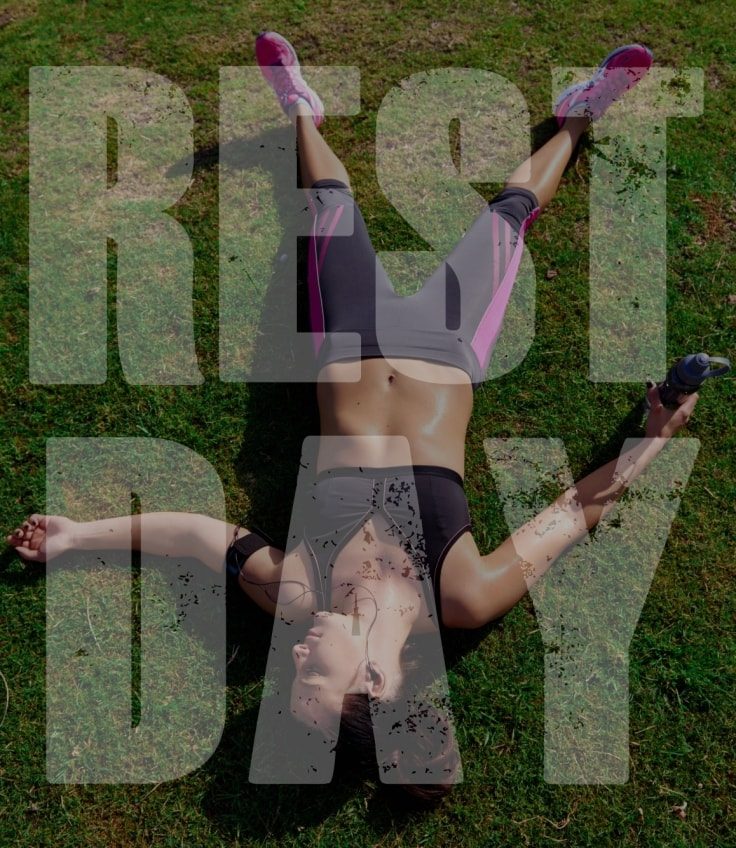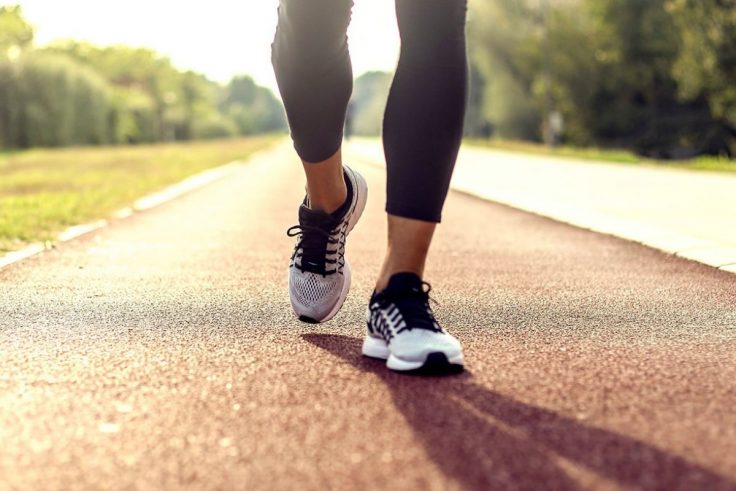6 Quick Relief Tips To Fix Muscle Soreness

Sore after a tough workout? Try these easy tips to fix muscle soreness, speed up the recovery process, and relieve pain.
If you’ve ever done an intense workout, you know that muscle soreness is part of the package. Some days are better than others, but in the end, the muscle soreness sucks.
But why do our muscles hurt after performing a tough workout routine, in the first place?
While exercising, you’re actually causing microscopic tears in the muscle. That’s where the soreness comes from.
Your body is starting to heal itself from the previous workload by triggering inflammation. It’s this cycle that helps build up the muscle.
Typical muscle soreness only lasts a few days, and then you’ll feel better. However, if you’re wanting to avoid the pain or speed up the recovery, the following six tips could be beneficial.
How To Fix Muscle Soreness
If you’re looking to fix muscle soreness, prevention is always your best remedy. So start with these six tips:
1. Stay Hydrated

You’ve probably heard it before – it’s essential for not just your health and safety, but also for an effective workout to stay hydrated. Our body needs hydration while we put it through an intensive workload.
For recovery, hydration helps ease inflammation in the body and keep the nutrients flowing to where they’re needed. So, drink up after a big workout.
2. Use CDB Oil

We hear about CBD oil more and more as the debate around marijuana legalization continues. Did you know that CBD oil can actually help with chronic pain and inflammation?
Recent studies (although more are still needed to further this) have found CBD oil lower inflammation in the body, which can help battle muscle soreness.
Just make sure you’re buying from a reputable source (browse Broad Spectrum CBD Oil for reputable supplies).
3. Roll Out Your Muscles

Have you ever gone to the gym and seen someone rolling on a foam roller? That’s because taking the time to use the self-myofascial release technique can relieve tension in your muscles and tissue.
Fluid builds up around worked muscles, and by using the roller, it helps distribute that fluid and ease muscle soreness.
Foam rolling can also help increase flexibility and mobility, so it’s a win-win.
4. Rest Your Body

Sometimes, simply giving your body a break and a chance to rest is all it needs. It’s crucial to incorporate rest days into your workout regime.
That downtime allows your body to heal those microscopic tears so that you’re ready for your next workout.
Trying to cram in too intense of a workout every day could lead to injury and burning out.
5. Keep Moving, Lightly

Although those rest days are essential, if your body is really sore after a workout, staying active can actually help.
Incorporating light movement the day after an intense workout increases blood flow throughout the body, which sends the nutrients to those needed sore areas.
Go for a walk, ride your bike (not aggressively), or do bodyweight exercises. Stay away from heavyweights and movements that overexert yourself.
6. Spend Some Time Stretching

Light stretching is another way to help fix muscle soreness, along with improving your flexibility. Although the stretching won’t speed up the muscle tear healing, it does offer temporary relief.
However, avoid overstretching. It shouldn’t be painful, or it’s only going to cause more soreness.
Use the above tips to help your body recover faster so that you can continue on with your workout. If you find that the soreness lasts longer than usual or it’s excruciating, pay attention. That could be the sign of a more significant tear or an injury.